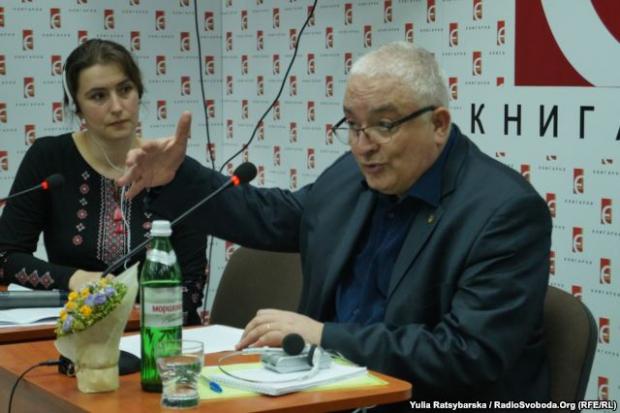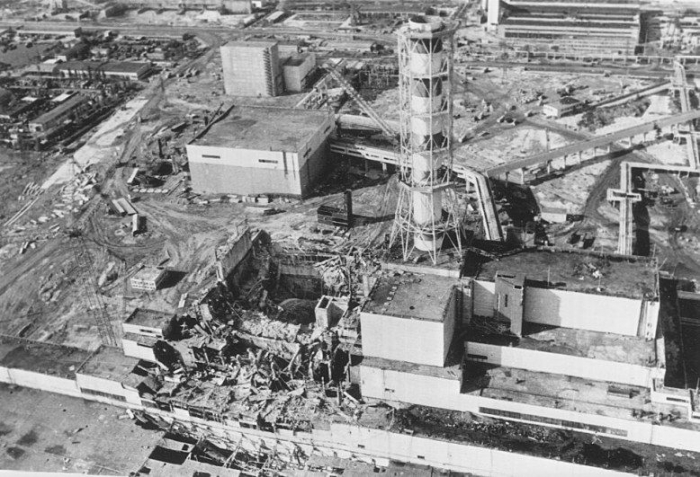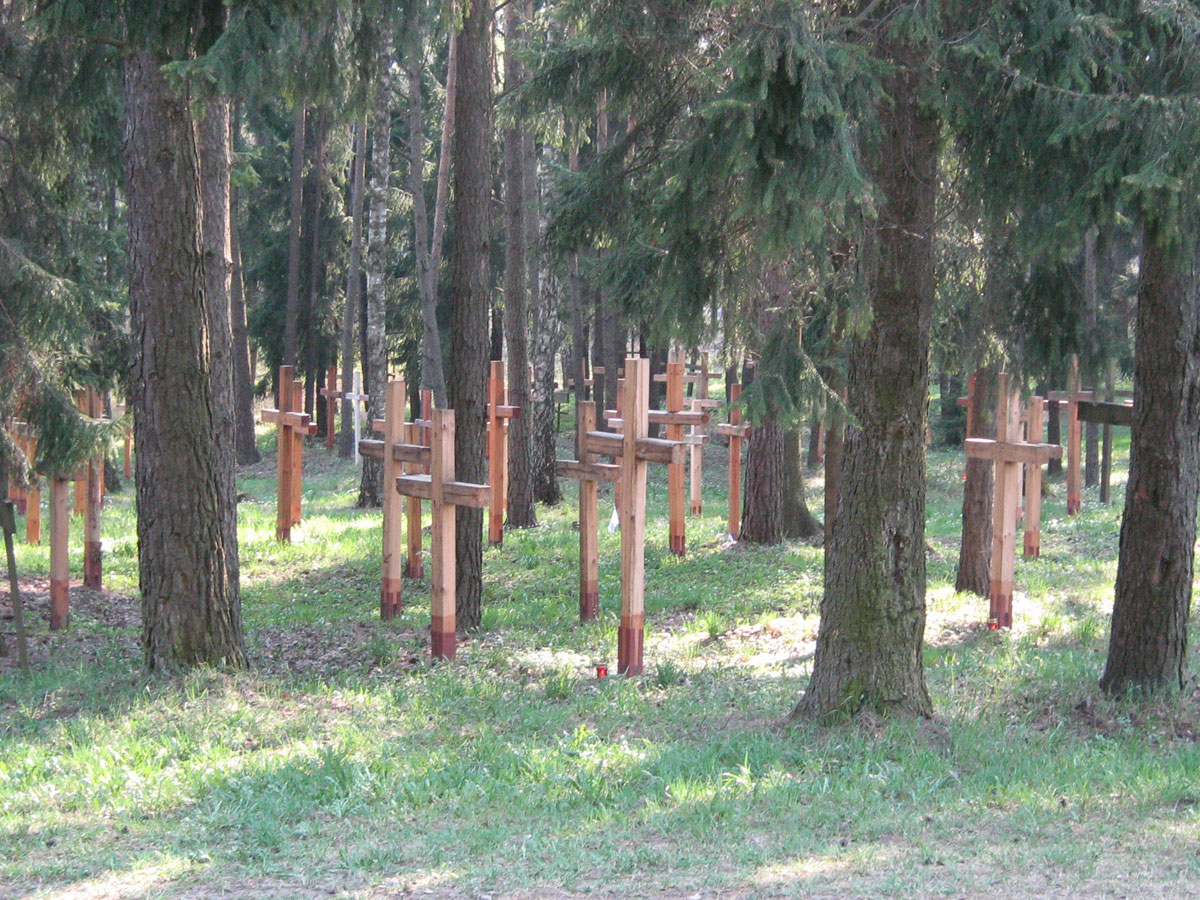Professor Philippe de Lara gave a lecture about the unique nature of the two genocides: the Holocaust as a crime against the Jewish people and the Holodomor as a crime against the Ukrainian people. The Kremlin intended Holodomor to become Ukraine's Holocaust, de Lara believes.
Although according to the Professor, the widespread opinion in the West is that these two tragedies are incomparable just as one cannot measure misfortunes of one people against misfortunes of another people. However, Philippe de Lara believes such comparison is appropriate. Despite the criticism, Professor believes that although the two genocides are unique, they may and should be compared, because they have much in common. In particular, both were committed by totalitarian regimes and left deep scars in each of the people’s history.
Ukrainian genocide is unique because of its scale and the time period of its denial of almost 60 years
Nonetheless, the French researcher also noted the fundamental differences between the Holodomor of the 30s and the Holocaust of the 40s: the Holodomor’s main goal was mental suppression, rather than physical extermination, of the Ukrainian people in order to facilitate forcible sovietization and russification, while the Holocaust attempted to exterminate the whole nation as such.
Thus, the genocide of the Jews is unique in its purpose – to erase the whole nation and in its scale – more than 50% of the Jewish population was liquidated. [Editorial note: according to the Jewish Virtual Library, this figure may be up to 67%].
What makes the Ukrainian genocide unique is its scope and time period of its denial of almost 60 years. Albeit the Holodomor’s purpose was not to kill all the people, but to exterminate enough people to wipe out the people’s soul and identity; the intention was not just to eliminate the peasants’ opposition, but to undermine the Ukrainians as a nation. The Soviet leaders knew their job well.
The majority of Jewish population on the territory of Ukraine was killed openly on the spot
There is also a great difference in how the Ukrainian society experienced the Holocaust, which is incomparable to the experience of the societies in France, Netherlands and even Poland. While the symbol of the Holocaust in Europe are trains and concentration camps where the Jews were exterminated secretly, the majority of Jewish population on the territory of Ukraine was killed openly on the spot, almost in front of their neighbors’ and friends’ eyes. This is also what made saving of Jews in Ukraine close to heroic considering the risk involved.
Millions of people were forced to live in this silence and lies. … It is time to give up the double standard of oblivion applicable to the crimes committed by the Soviet society. - Philippe de Lara.
After 1945 remembrance of the two genocides in Western and Eastern Europe was split by the ‘iron curtain’ and differs greatly. One could openly discuss and write about both in the West, while on the Soviet territories the truth about the two national tragedies was distorted and concealed. The short wording used by the Soviet historians “civilians killed by the fascists” covered up the information about the Jews extermination.
Holodomor and the “Stockholm syndrome”?
The discussion also touched the issue of the “Stockholm syndrome”, which was brought up by the cultural studies expert Iryna Reva who researched the cultural and psychological consequences of the Holodomor for the Ukrainian nation in her book ‘On the Other Side of Oneself’.
In particular, according to Iryna Reva the behavior of the Ukrainians who survived the 30s of the past century demonstrated signs of the "Stockholm syndrome" – when the victim feels sympathetic towards the aggressor.
"I came across this myself when I worked in a newspaper, a former communist newspaper, and the part of the elderly readers always used to criticize my materials about Ukraine’s history. However, around 2003 when there was a commemoration of the Holodomor these same people started writing letters to our newspaper asking to “write down their memoirs". So, I documented things.
And there was one thing in common: the people were telling about horrible things, how there was not enough food, how they ate snails because there was nothing else to eat. And after all of that the person would usually summarize: it was nobody’s fault, it was a poor harvest, at least we used to have order with Stalin, we really need Stalin now. I found it striking. I believe such dual perception should at least to some extent be attributed to the “Stockholm syndrome”, Iryna Reva pointed out.
“Red fascists” and “brown communists”
A representative of the Jewish community among the guests invited to discussion, the Director of Holocaust History Museum in Dnipropetrovsk, Ihor Shchupak believes there is a great demand for such research. According to Ihor Shchupak, there are attempts at his museum at the least to draw certain parallels between genocides of different years. In addition, there is also interest in human fates: there are records in the Museum about Jews who helped Ukrainians survive during the Holodomor and about Ukrainians who saved Jews during the [WWII] war times.
“We need such efforts of comparative studies of historical events and phenomena, especially such complex ones as the Holodomor and the Holocaust. Of course, every genocide has its specific features and is unique. However, every instance of genocide is a universal phenomenon with its essence being the extermination of human life and its causes of occurrence – totalitarian regimes and similar.
Such attempts are very productive and important, because they help us realize that if we want to grasp some phenomenon, we need to broaden its context. Both the Holodomor and the Holocaust emerged through similar totalitarian regimes.
Despite the fact that communists and fascists insisted on being separate movements, the people whose fates have crossed fascism and totalitarianism, call fascists the "brown communists", and communists – the "red fascists", Ihor Shchupak commented for Radio Liberty.
Related:
- Ukraine remembers the "forgotten" Holocaust victims
- Holocaust Rememberance Day
- Russian TV host says Jews "brought the Holocaust around" themselves
- The Ukrainian who saved Krakow from destruction and other little-known WWII stories
- Holodomor of death by starvation changes people's genotype, say psychologists
- Documents show massive export of food from Ukraine during Holodomor
- See which countries recognize Ukraine's Holodomor famine as genocide on an interactive map
- History, Identity and Holodomor Denial: Russia's continued assault on Ukraine
- Holodomor: Stalin's genocidal famine of 1932-1933 (Infographic)
- Holodomor and separatism in the Donbas
- On Holodomor denial, and fisking a denialist Russian professor of History
- Graphic novels on the Holodomor
- Dancing with Stalin. Holodomor genocide famine in Ukraine
- About the Holodomor. Background data
- Donbas has always been Ukraine: the Holodomor and Russification legacies
- Why don't Russians commemorate the Terror Famine?
- Russian court labels Raphael Lemkin, who coined the term "genocide," an extremist





